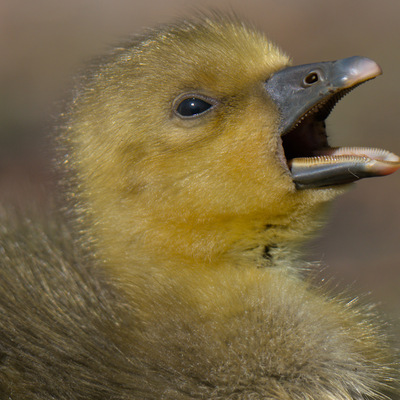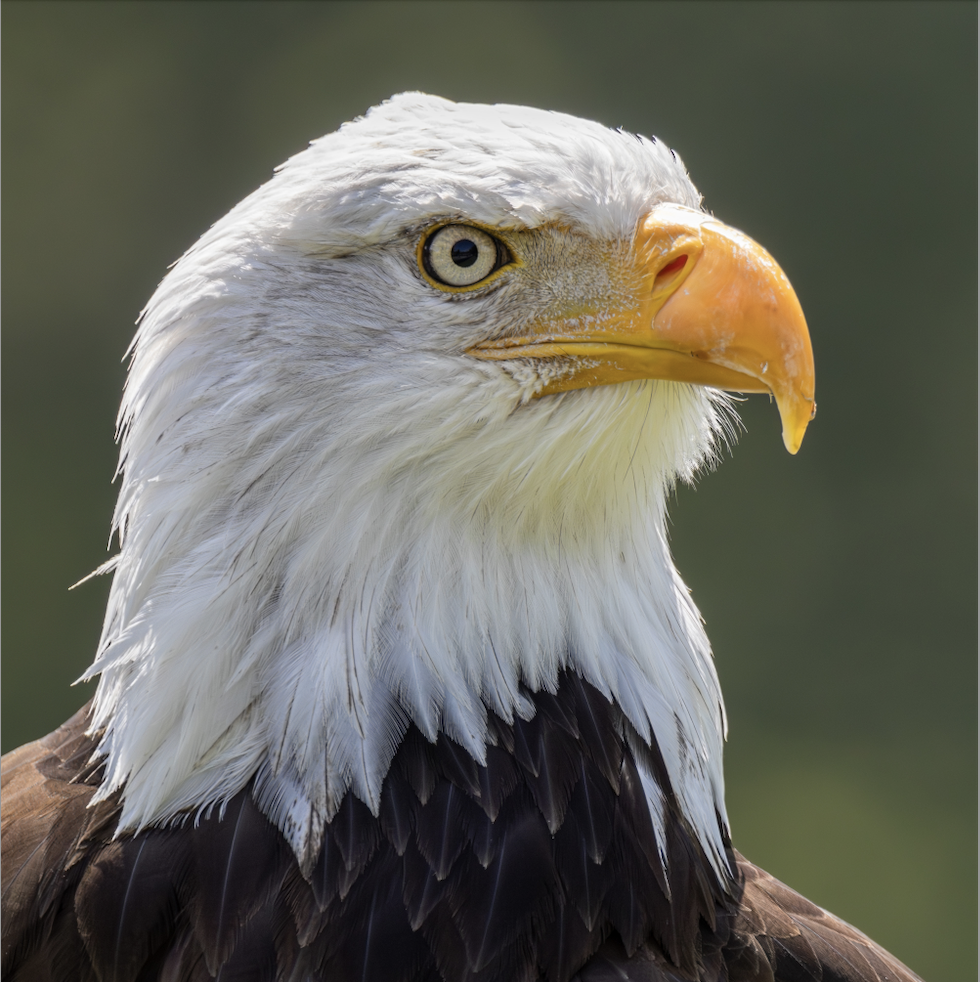I take pictures, mostly of birds, but sometimes other stuff.
I opt in to this account’s posts being searchable, e.g. by https://tootfinder.ch
- 27 Posts
- 6 Comments
@sxan Hybrids grow up to be very obviously hybrids. I think they usually can’t reproduce, or at least have low enough fertility that it rarely happens.
@urbandinosaurs @birding Northeast Florida in a state park. They’re not rare in that region.

 2·10 months ago
2·10 months ago@IMALlama I haven’t used an A7 III to compare, but it’s my understanding the Sony’s autofocus is more likely to do what you want when using a wide area, and better at tracking.
I wouldn’t bet on it being a better fit for your use case than your Sony but the loaner program is a great way to find out. I bought my E-M1 II after testing the E-M1 III that way.

 1·10 months ago
1·10 months ago@NataliePortland That’s a good looking bird.

 2·10 months ago
2·10 months ago@IMALlama I think the E-M1 II really excels at features for the money, being about 500 USD/EUR on the used market right now. If you value high burst rates, a pre-burst mode and outstanding stabilization along with a used lens market that favors buyers then I recommend it.
I’ve also used the Mk. III and the OM-1. The III adds a joystick, USB charging, handheld pixel-shift high-res, and live-ND (in-camera frame averaging to do long exposures in bright light). I didn’t find any of those worth another $350 when I bought it, but the difference may be less now.
The OM-1 is definitely an upgrade but it’s priced like it. I like that it no longer restricts continuous autofocus pre-burst to Olympus lenses and has fairly effective bird detection, but it does limit burst rates with third-party lenses and the 90 image buffer is a bit small for the higher burst rates it can achieve. I think the Panasonic G9 II may be the better camera but I have yet to use one.
Olympus does have a free trial program if you’re near one of the US cities with participating dealers: https://testandwow.getolympus.com/

@streetfestival They take in some water then raise their heads to swallow it.